Engineers use science, math, and technology to solve problems. Some solutions result in products, such as more fuel-efficient cars. Other solutions may be processes, such as recycling compost to be used to make biomass fuels. In each case, engineers employ various methods and practices to reach their solutions. One of these is called the Engineering Design Cycle.
The engineering cycle is a process used by engineers and designers to create and improve products and services. Engineering design practices are ones that all citizens should learn and therefore be taught in school. The Next Generation Science Standards (NGSS) and many state science standards have included engineering principles into their science education requirements to, as the NGSS states, “[raise] engineering design to the same level as scientific inquiry when teaching science disciplines at all levels, from kindergarten to grade 12.”
Identify a Need
This is the triggering component of the cycle. This design aspect is set apart from repeating specific cycle steps, but in reality, engineers and scientists are constantly identifying and prioritizing needs. In this case, “Identify a Need” refers to the point students state the main problem their design will seek to address.
Research
Background knowledge includes the relevant understandings of science and engineering that students will use in the design process. Sometimes this includes acquiring additional information. Altogether, the phase of gathering and organizing information is carried out under the heading of “Research.”
Specify Requirements
In this phase, the design criteria are considered and described. Criteria are the standards a product or process must meet to be successful. In the context of the design process, this includes defining a successful design or solution. “Specify Requirements” is separated from the “Identify a Need” phase so that students are encouraged to break down the design goals into objectives that can be measured and achieved. Once criteria are described, students can consider constraints to the design process. Constraints are the rules and restrictions that limit the design. For example, time and materials are often constraints in any design process. While considering limits on time and resources, students think strategically about their design process and identify trade-offs.
Brainstorm Solutions
Students think about designs and share their ideas with their groups. Sometimes a group may describe several possible designs and select design features to merge into a single prototype. The group may choose the design they feel will most likely fulfill the design criteria in other cases.
Prototype
Once a design is chosen, it is assembled in this phase. Students may need to gather more materials and tools to support their structure and prototype.
Test and Refine
Once students have their prototypes and materials set up and are ready to record their observations, they can start conducting their tests.
Communicate
Often, scientists and engineers will share their ideas within communities so that others may benefit from their work and review their conclusions. In this phase, students share their ideas with an audience.
Reflect & Revise
Depending on your class, you may wish to ask students to create individual designs and then choose the best one by a vote as a group. Alternatively, you can ask your students to present their designs and then have groups identify the most valuable parts of each design and synthesize these parts into a single prototype.
As you can see, the engineering cycle divides the design process into stages that can be repeated as needed. Engineers often use a design log to keep track of their work. As your students develop their designs, have them keep a log to describe their ideas, gather information, ask questions, sketch plans, record results, and share findings. Here is a suggested log that can be used:
Download Engineering Design Log Example
Knowing what this can look like in the classroom, what projects will your students work through using the engineering design cycle?
Naomi Hartl
Naomi Hartl graduated from the University of Saskatchewan and started teaching in her home province of Saskatchewan, Canada. She has taught a variety of subject areas including biology, mathematics, health education, physical education, home economics, and career education. In 2015, she relocated to Oregon, USA, to work with School Specialty and has worked in curriculum development and writing with the company and is now the Science and STEM Subject Matter Expert. Working with School Specialty has allowed her to pursue her dream of making a difference in the lives of teachers and students by curating solutions to create safe, equitable, and successful learning programs.
Read more by Naomi Hartl–>

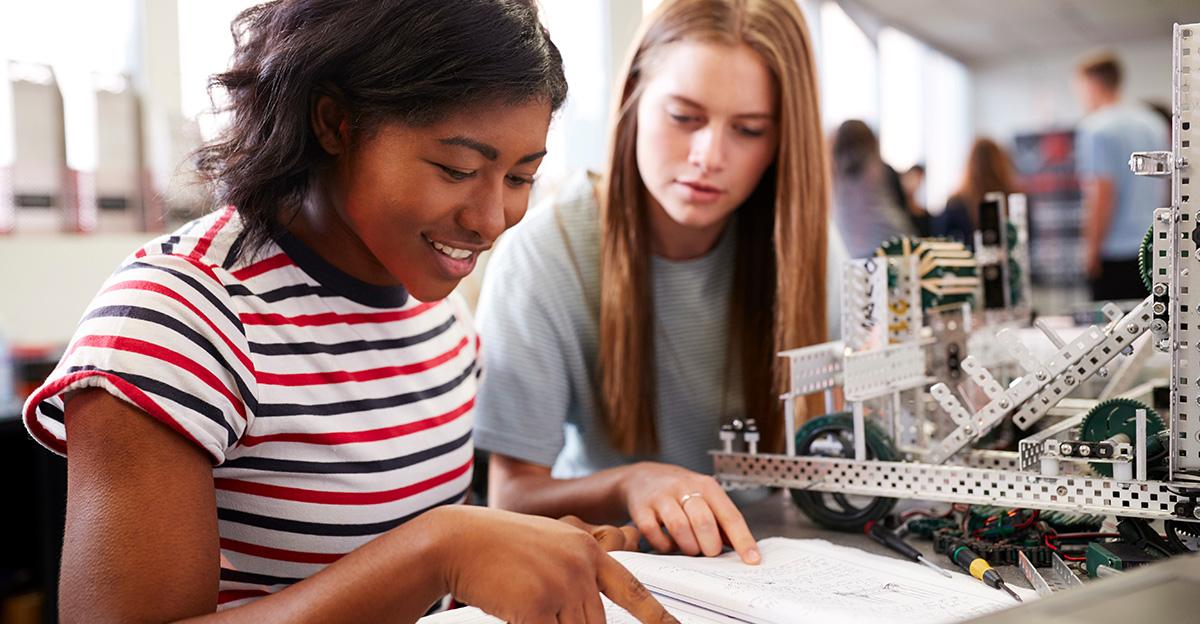

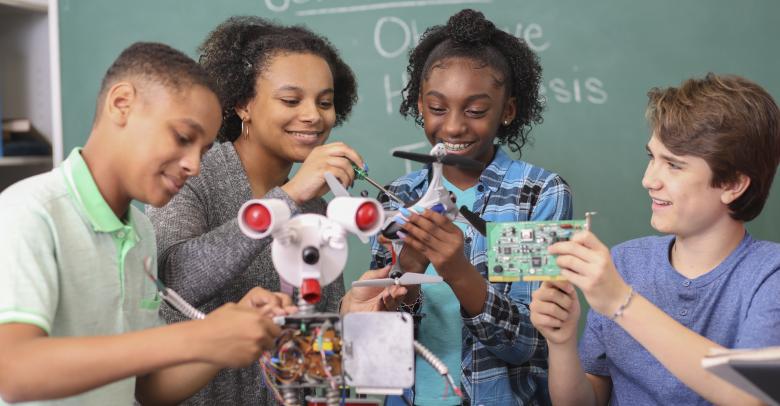
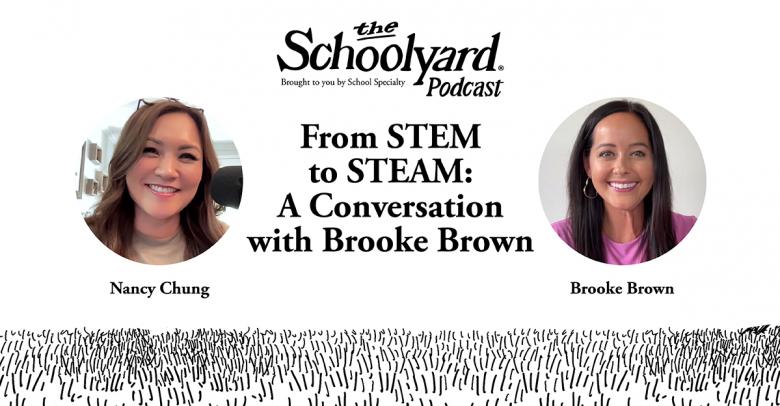
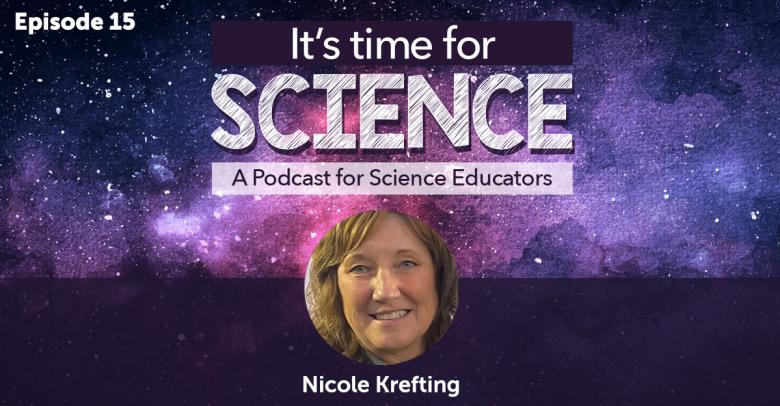
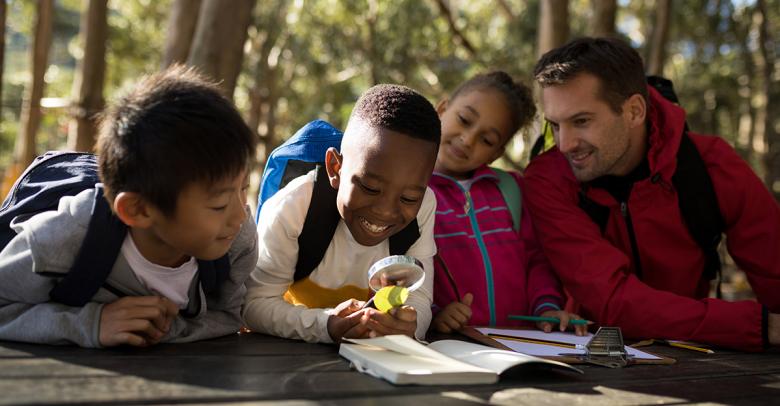
Leave a Reply